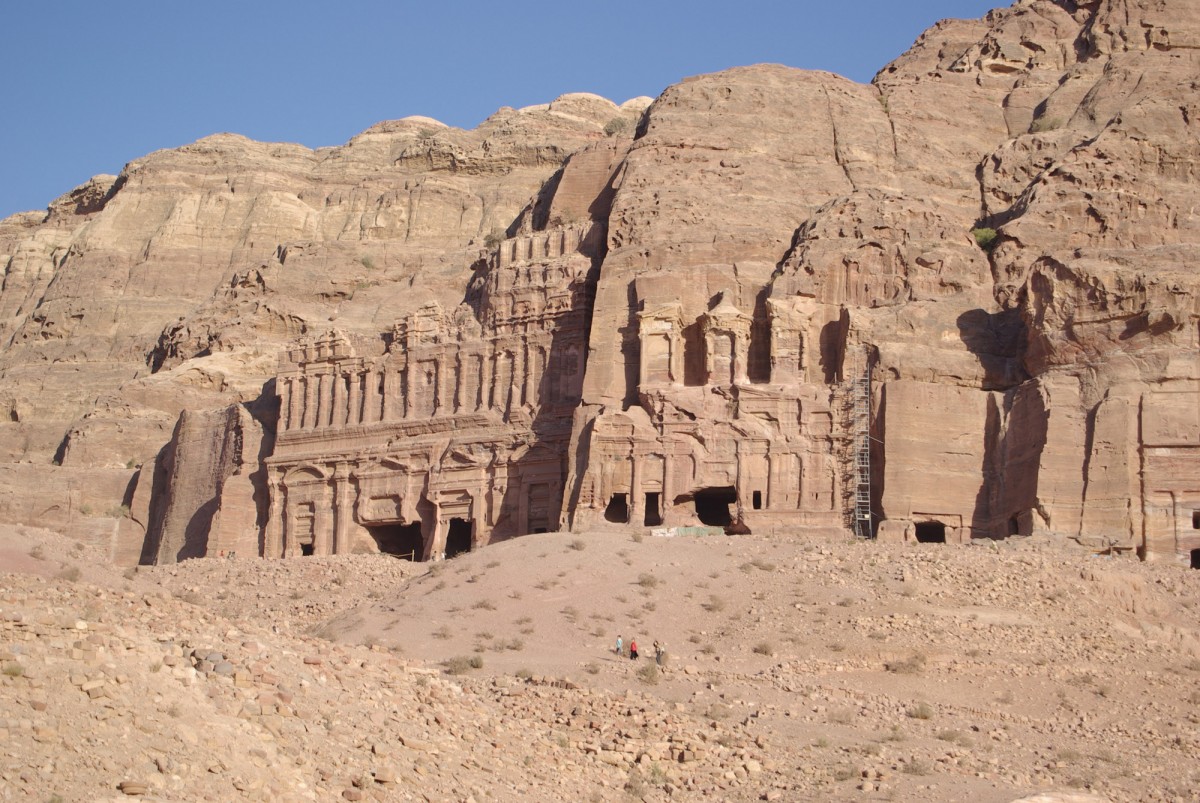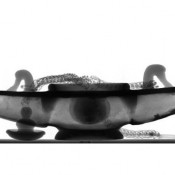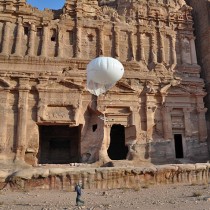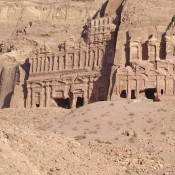When Mohammed Nawafleh, the chief commissioner of the Petra Development and Tourism Region announced the prospective building of a new museum of “international standards” is to be built at Petra, Jordan, he raised a number of questions among scholars regarding the fate of the ancient city’s two existing museums.
As archaeologist Dr. Garry Shaw writes for The Art Newspaper, Petra, a World Heritage Site by Unesco since 1985 and made famous in the film “Indiana Jones and the Last Crusade”, is today Jordan’s most popular heritage destination. According to the Petra National Trust, it was visited by around 450,000 people in 2013, though this was a significant drop from 2010’s record number of 975,000 visitors.
Officials hope the new museum, where the history of the site and its ancient inhabitants, the Nabataeans will be highlighted, will encourage tourists to spend more time in the ancient city. The land for the museum has already been acquired through Jordan’s Social Security Corporation, and tenders are expected to be considered soon. The museum is to be built outside the 755 sq. km archaeological park and Japan’s International Cooperation Agency has given a $7m grant to help fund the construction.
However, it is unclear what this means for the site’s two existing museums: the Petra Nabataean Museum, opened in 1994, and the Petra Archaeological Museum, opened in 1963.






